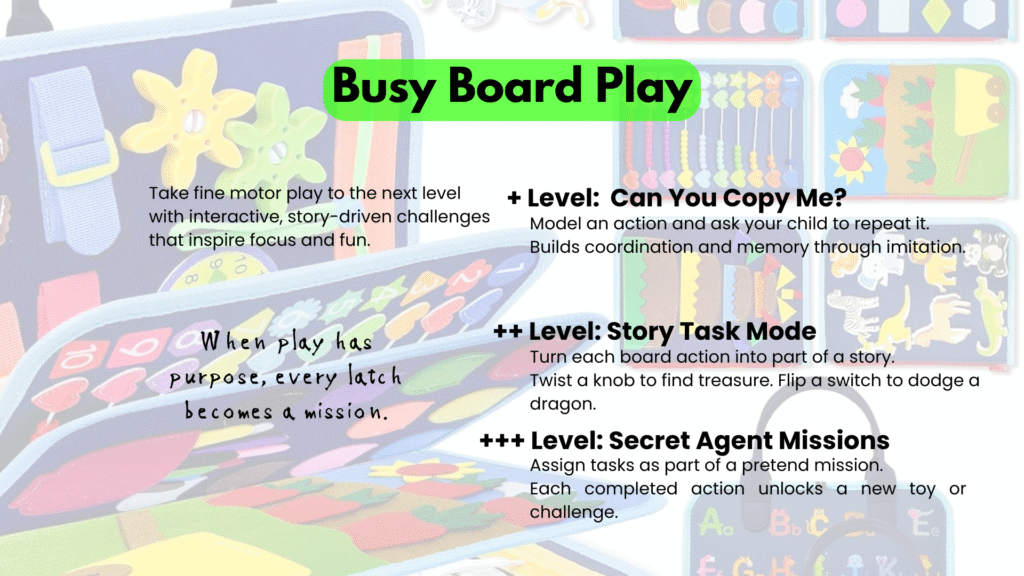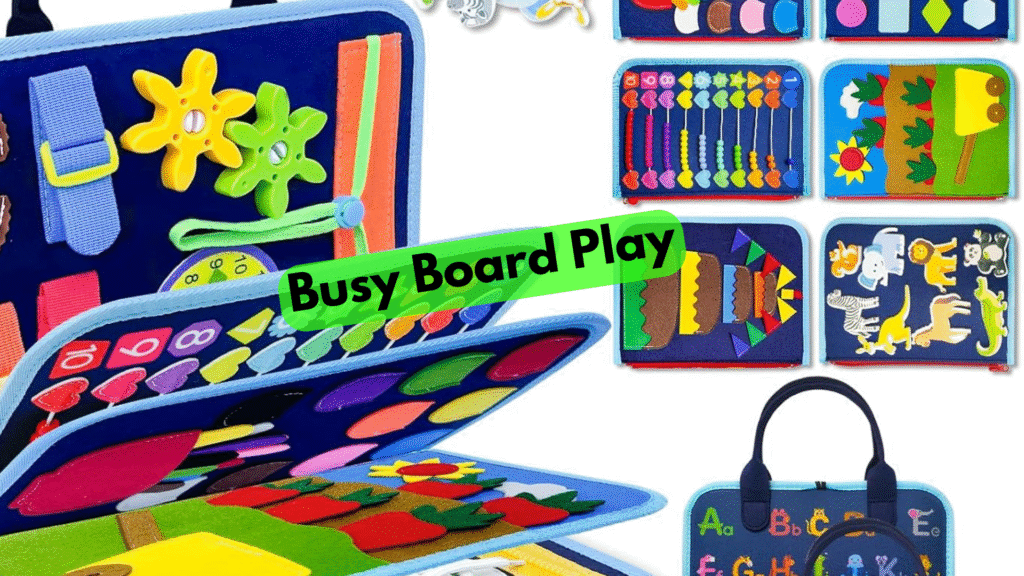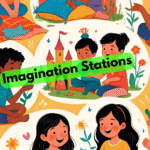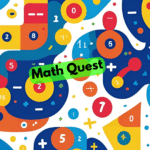Busy boards are often praised for developing fine motor skills and hand-eye coordination—but they’re also a perfect canvas for creativity, storytelling, and collaborative problem-solving. When you shift the board from a solo fidget tool to a shared, story-driven experience, you elevate it from passive learning to active, imaginative play.
Whether your child is zipping, buttoning, flipping switches, or unlocking latches, each action can be turned into part of a game, a quest, or a challenge. These three levels of play take the busy board from a simple sensory station to a world of secret missions and storytelling, empowering your child to explore, imitate, and lead.
+ Level: Can You Copy Me?
Objective: Model tasks and ask your child to repeat the motion exactly.
Start with simple prompts like:
- “Watch me open the latch. Now it’s your turn.”
- “Can you press the switch just like I did?”
- “I spun the wheel two times. Try that!”
This builds observation skills, memory, and coordination while encouraging your child to focus and follow multi-step directions.
++ Level: Story Task Mode
Objective: Integrate board actions into points in a short, playful story.
Tell a story that pauses for action:
- “To get the treasure, you have to twist the knob!”
- “Before the dragon wakes, flip the red switch!”
- “To escape the cave, unbuckle the belt!”
This adds narrative, suspense, and creativity to each movement, helping kids connect actions with outcomes and boosting language skills.
+++ Level: Secret Agent Missions
Objective: Turn the busy board into a challenge station to unlock the next part of play.
Assign tasks as “missions” in a larger pretend scenario:
- “Agent Fox, unhook the clasp to access the next clue.”
- “Only when the wheel is spun five times will the treasure chest open.”
- “Deactivate the switch to open the toy vault!”
Once they complete a task, they unlock something fun—another toy, a movement challenge, or even a new room or game. This level encourages independence, critical thinking, and immersive roleplay.

Final Thought:
Busy boards may look like static tools, but they hold the potential for dynamic, imaginative experiences. By layering play, you invite your child to practice real-world skills through creativity, connection, and confidence-building adventure.



